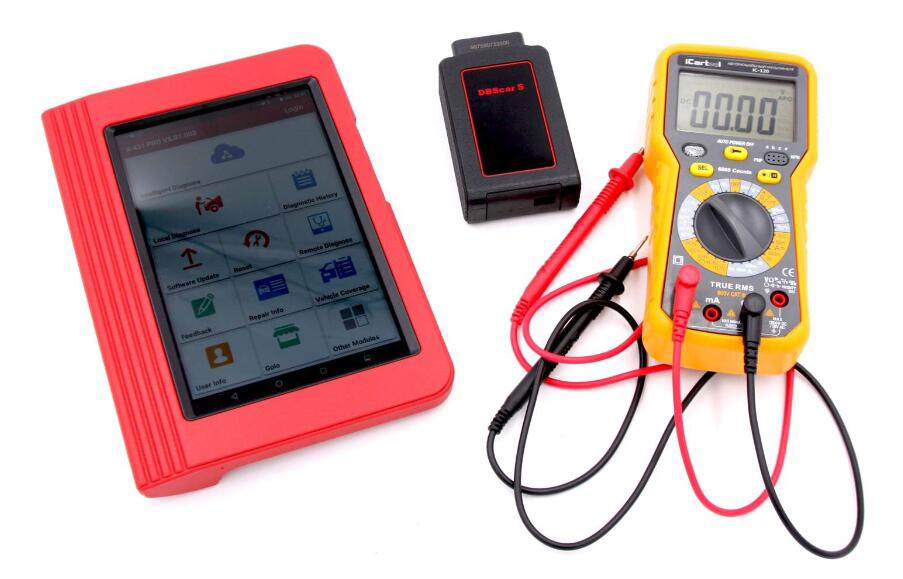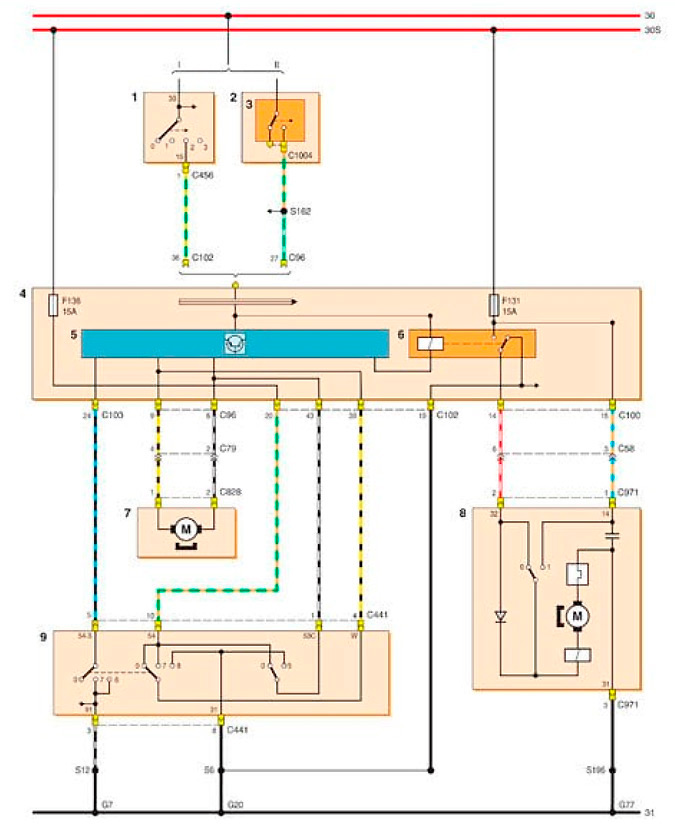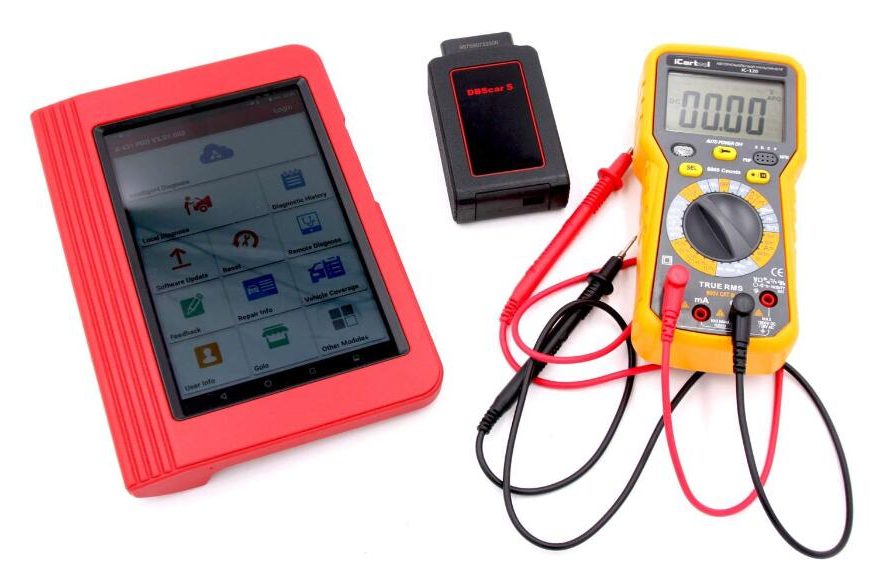There are several points of view regarding the concept of who is a diagnostician and who is an electrician. One of them is that the diagnostician is an electrician with a scanner, and the other that the diagnostician is a specialist of another category. Indeed, there are diagnosticians who, having determined the cause, for example, in a broken wire, are sent to electricians. There is truth in this, as an automotive electrician requires knowledge and experience. I can put it this way – repairing the wiring and electrical circuits of a car is the science of both contacts and the protection of contacts from the external environment.
In my practice, there was a case when a car with a restored wire returned to the rear ABS sensor several times at intervals of 2 weeks. The wire rotted again just because a regular heat shrink tubing with no adhesive was used. The capillary effect combined with road reagents destroyed the wire so quickly. Recently there was a dialogue with a colleague on the topic of equipment for professional electricians. He was surprised to find the Launch x431 pro diagnostic scanner on my list of required tools .

The purchase of the Launch x431 pro scanner was perceived with skepticism by fellow electricians, but their opinion changed in a positive direction after the first cases of its intended use.
The fact that a diagnostic scanner is necessary for the initial check of the car and further coordination of work is known in every service. And how often I, as a professional auto electrician, need a scanner, and whether I need it at all, I will tell you with specific examples.
If the range of specialist services is the repair of all systems, then the scanner is the same tool as a crimping pliers. You can crimp the terminal with pliers, but I will not give a guarantee for such work. A modern car has many systems and coupled units, without reading the parameters of the system of interest, I, as a specialist, risk spending a lot of time, or even not finding the reason at all.
Purchase of a diagnostic scanner Launch X431 prosaved me a lot of time on checks, delivery of the car to the client, and allows me to solve a complex problem faster. I will share stories from my practice.
First story; Ford Focus 2 2010. The wiper motor does not work. The client came from another service, where they checked the motor, the fuse box, the steering column switch (it was replaced). Service referred to power supply that does not come from the engine compartment fuse box. Actually, the client designated this site for verification. According to the diagram, it is clear that if power does not come from there, then half of the electricians should not work.
In general, I simply keep quiet about the presence of electrical circuits as a prerequisite for high-quality repairs. I connect the scanner to the GEM module, in the parameters I see if the module “sees” a signal to turn on the washer? He sees. I call the chain to the motor, the chain is whole. So the problem is inside the GEM block. As a rule, oxidized contacts are visible without any scanners. But this block is perfectly clean. Only the confidence that the unit sees the signal, which means it should turn on the motor, made me find the problem. Outwardly imperceptible burnout of the contact on the board, soldering and the problem is solved. Otherwise, you would just have to give up the car and waste time.

There are a lot of examples when you need to check parameters for work. 2012 Chevrolet Cruze car, the front right window regulator is periodically lowered. The first thing that comes to mind is frayed and possibly shorted wires in the corrugation of the door. When scanning through the scanner in the BCM, you can see that a signal is received to lower the glass. The question is where? The window regulator system works on the LIN bus. Disable the button on the passenger door, the signal remains, disconnect the connector from the door, the same. As a result, having disconnected the connector from the driver’s door, we come to the conclusion that the problem is in the BCM unit itself. Subsequent block replacement confirmed this conclusion.
Another example is about how easy it is to make mistakes without a tool when repairing. A service colleague had a Toyota Land Cruiser 100 at work with a problem in the adjustable suspension. The system did not work. The electrician asked to read the errors, we pointed to the front right body level sensor. The sensor is mounted on the suspension arm and indicates the height above the road. A colleague found an open circuit, fixed it, but the system did not work. Diagnostics of faults did not reveal, there are no errors and that’s it. I must say that this system was designed in the late 90s and is quite simple. The peculiarity is that if the height sensors measure the readings with a large difference, then the system does not work, but it does not give errors. The system itself is in the waiting mode for matching parameters. Reviewing the parameters revealed that the readings of the right front sensor differ from the rest by 120 mm. When installed, the sensor itself can be adjusted in a certain position through the rod. But the stroke of this thrust was not enough, there was such a big difference. It turned out that a colleague turned the sensor 180 degrees during installation. We rearrange, set the actual value, and the system works.
There are many such examples, but these stories are enough to clarify a little why I use a diagnostic scanner to repair wiring.
Another point is the convenience of checks. Often after repair, or during repairs, I need to check the functionality. For example, when repairing rear lights, you periodically need to turn on all the elements of the lamp – stop signal, reverse gear, dimensions and turn signals. Of course I can ask someone, but when the download is high, it is difficult to find a free person. Agree, it is much more convenient to activate checks through a scanner. And finally, when handing over the car to the client, it is also more convenient for me to show him that, for example, a vacuum amplifier or a fan is working. There are no tedious minutes of waiting until the coolant heats up so much that the ECU gives the command to turn on the fan, or we, together with the client on the road, will create conditions for the vacuum brake booster to operate.
